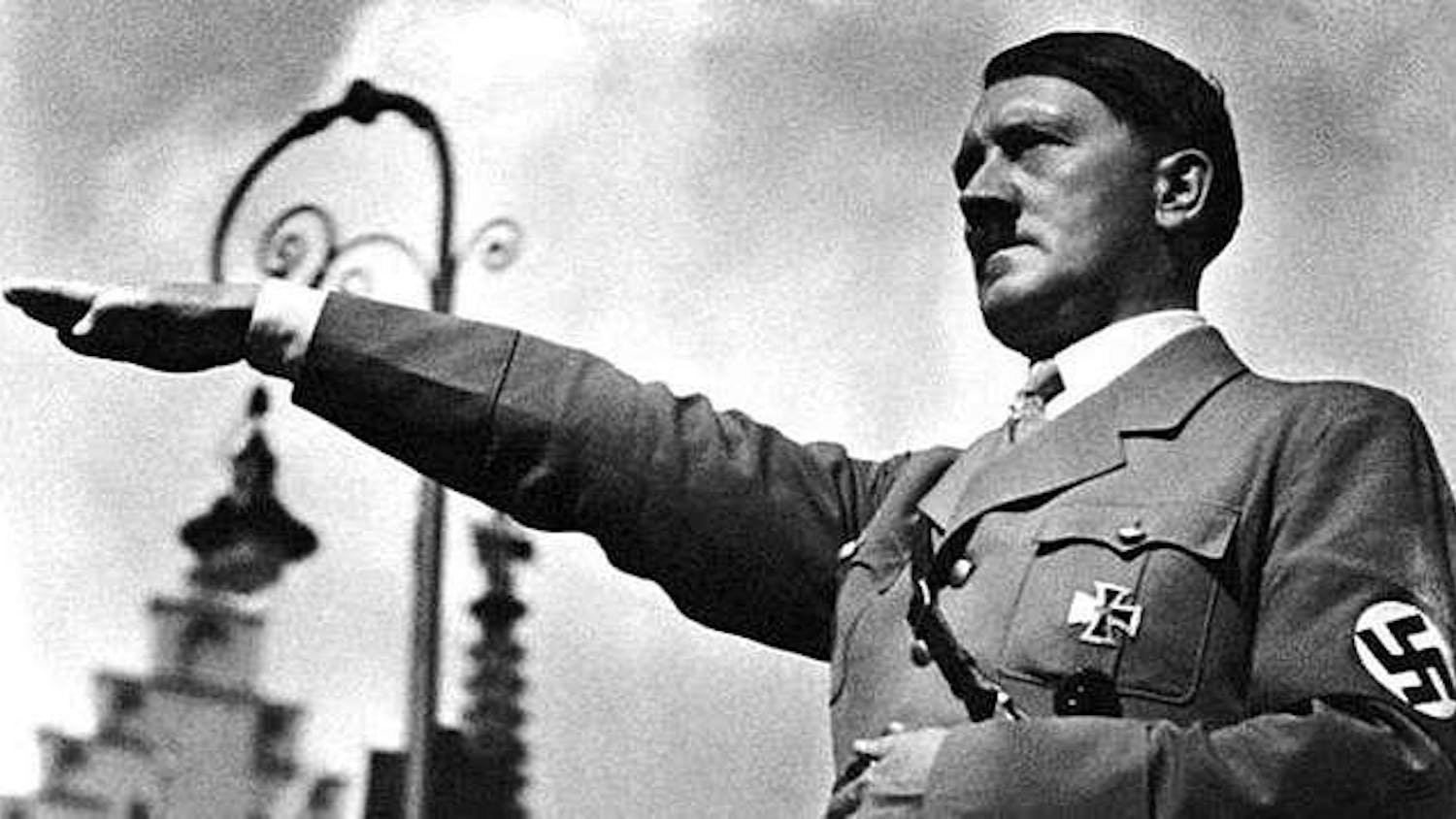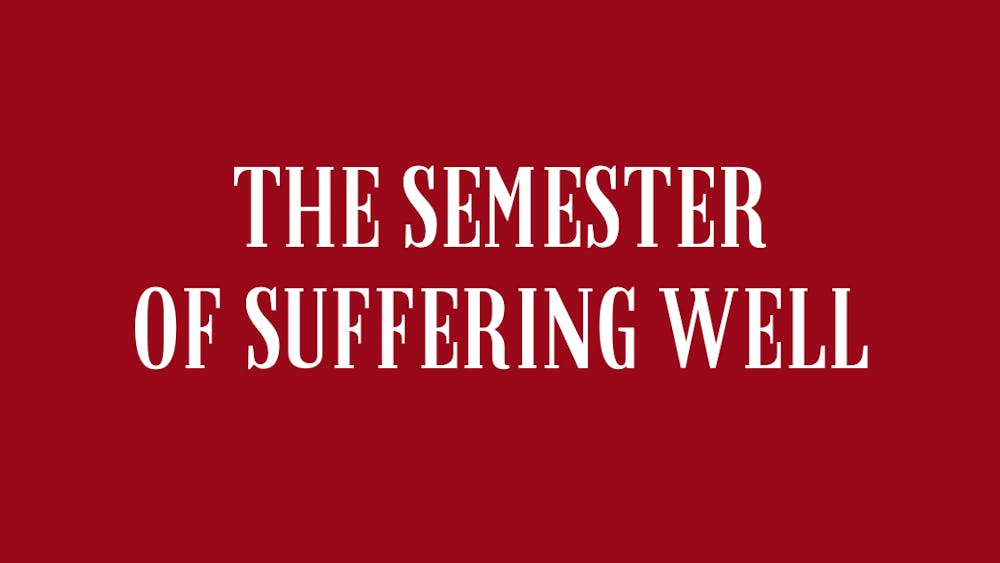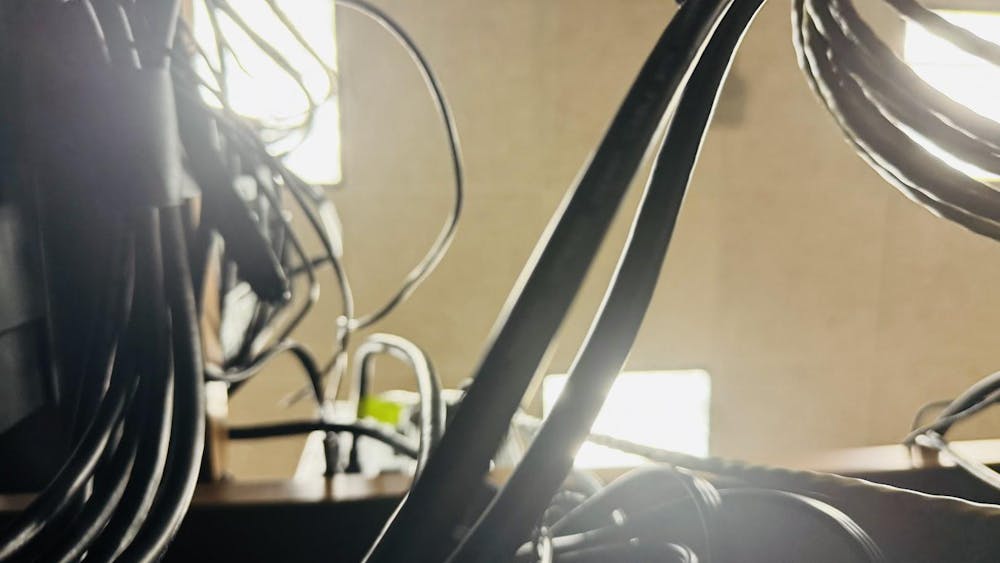Recently I was fortunate to hear AFL-CIO president Richard Trumka give his analogy for any social movement: a dummy that is hit by a linebacker during practice. When the dummy is first hit, it recoils, pushing the linebacker back; however, as the linebacker continues to push, he feels the dummy start to slide forward, and the harder he pushes, the faster and easier it begins to slide. Any social movement, Trumka meant, takes perseverance no matter how hard the surrounding forces cause it to recoil.
In 2008, the peace sign — the symbol of the Peace Movement — turned 50. Only three years later in 2011, a product of that movement also turned 50: the Peace Corps. Notre Dame professor Gerard Rice termed it "the Bold Experiment," and after 50 years, the Peace Corps is continuing to grow. Officially established March 1, 1961, by President John F. Kennedy, the Peace Corps has served in 139 countries, with more than 200,000 volunteers. In 2009, the number of applicants grew 18 percent from the number of applicants in 2008. The age group of volunteers over 55 is growing because of the desire of volunteers to use their specialties in order to help a community.

The requirements of Peace Corps volunteers are not easy. For entry into the Peace Corps volunteers must "prepare [themselves] … to make a commitment to serve abroad for a full term of 27 months" and "serve where the Peace Corps asks [them] to go, under conditions of hardship, if necessary, and with the flexibility needed for effective service." For 50 years, the Peace Corps has been committed to developing sustainable peace in a developing world. Professor George Lopez, the Rev. Theodore M. Hesburgh, C.S.C., Chair in Peace Studies at Notre Dame, says that three things that the Peace Corps and its volunteers do extremely well in order to create real linkages to a sustainable peace are listening to the community needs rather than applying a deductive framework to a community whose needs differ from what the framework provides, focusing on creating projects that can be sustained by the local people and creating an ethos that facilitates projects being passed on from village to village, area to area.
Lopez says that Peace Corps volunteers display the great American values, "the importance of individuals making a difference and loyalty to the values of freedom and justice." The Peace Corps reflects the characteristics that are possible for America as a whole to espouse. President Obama stated in his Anniversary proclamation the Peace Corps "remains an enduring symbol of our Nation's commitment to encouraging progress, creating opportunity and fostering mutual respect and understanding throughout the world."
These activities to which Peace Corps volunteers dedicate their time demonstrate heroism — heroism to represent America through one's every action, heroism to fully integrate into a new and unique culture, heroism to take responsibility for not only his or herself, but also for the entire community in which the volunteer lives and heroism to give selflessly. By acknowledging fully the characteristics of courage, loyalty and heroism to the brave men and women who serve the United States of America through the Peace Corps, we begin to redefine the values of our society, not in action, but in deed. The Peace Corps volunteers represent the values we want other nations to see in America and we want to see in our own nation.
The perseverance of the Peace Corps can be seen in part of the name itself: peace. The fact that "peace" stands to define the name of one of America's greatest institutions is an enormous victory. Many in the early years of the Peace Corps' existence did not view the word kindly. Sargent Shriver, the first Peace Corps director, said that he chose the word because peace "truly was our business." Sargent Shriver and the Peace Corps began to plant the seeds of peace in countries around the world. The Peace Corps is the creation of idealists, like John F. Kennedy, like Sargent Shriver, like the 200,000 plus who have volunteered. These idealists used the Peace Movement and slowly but surely pushed until the movement slid faster and faster in the right direction.
The Peace Corps represents the great values of American society. The strength of the Peace Corps today is "miraculous," according to Lopez, and a testament that a fundamentally sound structure will endure. When we think of how we, as a nation, want to be viewed around the world, we must look to the Peace Corps and the heroes who have paved the way for the Peace Movement in the last 50 years. Today, tomorrow and the next, thank a peace veteran and continue to plant the seeds of the ever-growing Peace Movement. Here's to the next 50 years.

Alex Coccia is a sophomore. He can be contacted at acoccia@nd.edu
The views expressed in this column are those of the author and not necessarily those of The Observer.












